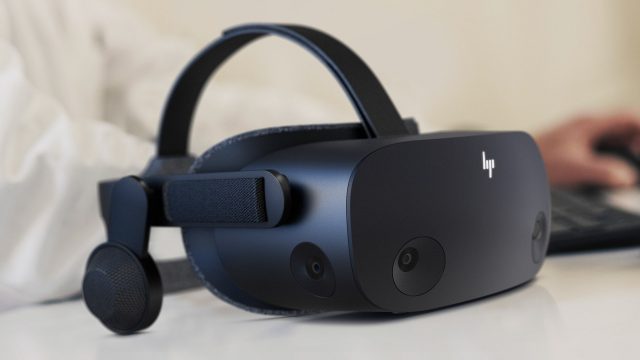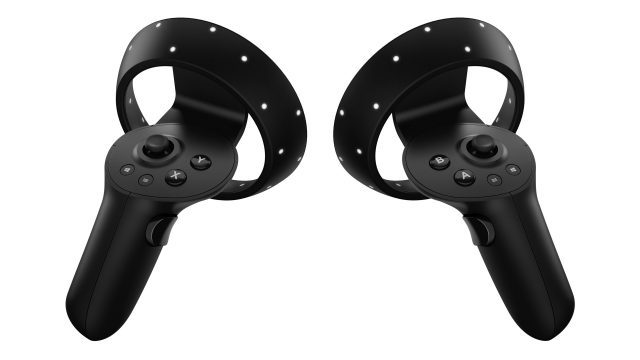Tracking & Controllers

Reverb G2 is the first WMR headset with four inside-out tracking cameras (up from two on previous headsets); HP tells me that while the number of cameras has increased, the headset uses the same resolution cameras as the original WMR headsets.
The headset will also include new controllers which have a Touch-like design, replacing the original, worst-in-class WMR controllers that every other headset has been stuck with. The new controllers don’t just have a new shape, they also have a new button & stick layout; the trackpad has been dropped, and a proper grip trigger replaces the original’s grip button. All-in-all, these changes move G2’s WMR controllers closely in line with the controllers of other major headsets which is great news for developers and users alike.

HP has confirmed some interesting details: 1) the G2 controllers will be backwards compatible with other WMR headsets, which means users of older headsets will finally have a controller upgrade option. The company plans to sell the controllers separately from the headset, at some point, but tells me that they’re going to prioritize getting them into the same box as the G2 out of the gate. 2) The controllers don’t have any capacitive finger-sensing like Touch or Index controllers. 3) The controllers still use two AA batteries just like the original WMR controllers.
Unfortunately the new controllers weren’t ready in time for my hands-on, so I used the original WMR controllers (though HP says they won’t be compatible with G2 at launch). Even so, the old controllers also make use of the new four-camera tracking setup.
Many assume that the tracking on the original WMR headsets must be bad because they only use two cameras. But while two cameras definitely limit the controller tracking coverage, WMR headsets have always had very good head-tracking and pretty good controller tracking (within the coverage area); you can even jam Beat Saber plenty hard with WMR controllers. It’s controller coverage which has been the achilles heel of WMR headsets.
As such, going from two to four cameras doesn’t make any obvious difference in head-tracking on G2 (it’s as solid as ever), but it’ll be interesting in a longer testing session to see if this increases robustness in difficult tracking situations (like low light or high contrast).
But the hope for four cameras is really about improving controller tracking coverage.
Now, I wish I could give you a detailed breakdown of the G2’s controller tracking performance. But unfortunately I had just a short session with the headset and tried soaking up as much as I could, but I wasn’t able to test it with a wide enough range of content and in enough of those challenging controller tracking scenarios (bow pulling, two-handed weapons, etc) to really feel like I got a good grasp on the tracking coverage.

It’s clear that the layout of the cameras on G2 (two on front and two on the side) should considerably improve controller tracking coverage on the sides. The headset’s camera layout is very similar to Rift S (which is known to have very good inside-out controller tracking) with one caveat… Rift S has an extra, fifth camera hiding on top of the headset. That gives me pause to think Oculus likely had a good reason for putting it there.
Soon enough I’ll be able to get my hands on the new G2 controllers and do a deep dive on controller tracking coverage to really feel out the volume.
– – – – –
HP has announced that Reverb will launch in Fall 2020, and the headset is already available for pre-order, priced at $600, which includes the controllers.
Happy to answer more questions about the headset in the comments below. Fire away!






